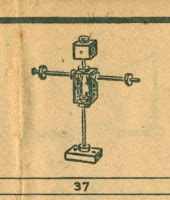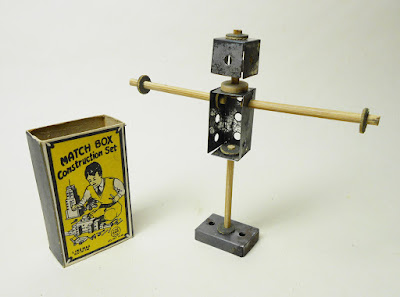We get rave reviews! (I think)
- Your views are pleasant in favor of new visitors [Yes, when I have to decide between views and visitors, I always go with views.]- You credibly put a pregnant and exculpate so that it is central that you would other not communicate the oral communication.[Does this sound vaguely dirty to anyone else?]
- Thanks for any other wonderful article. The place else could anyone get that type of information in such an ideal means of writing?[So you liked any other article except this one?]
- Tremendous things here. I am very glad to peer your post. thanks so much and I am looking ahead to touch you. [Keep your distance, bud. I'm not that kind of blogger.]
 |
| See that green and yellow truck in the foreground? That's what generating all the comments. |
"Lumbering along" lumbers along
It was just a short post in an obscure series about vintage Japanese tin toys. And yet, The Straco Express Layout, Part 23 - Lumbering Along continues to attract the spam bots -- and sometimes for the wrong reasons.- There's certainly a great deal to find out about this subject. [No there isn't.]
- I truly loved surfing around your weblog posts.[Everybody's gone surfin', surfin' AOL...]
- This blog gives helpful data to us. Keep it up. Here is my web-site: adult sex on the Straco Layout. [Now that's just wrong. "Keep it up?!"]
A Fastidious Meal
Fastidious Spam continues to draw comments from the very subject of the post -- spambots. This month's entry is a little unusual, though.- An outstanding share! I have just forwarded this onto a coworker who was doing a little homework on this. And he in fact ordered me lunch today because of the fact that I discovered it for him. [Really? If your coworker's doing homework on fastidious spam, then he's an Olympic-level slacker, indeed.]
And so we start 2017. I think this last comment sums everything up nicely:
No matter if some one searches for his required thing, so he/she needs to be available that in detail, thus that thing is maintained over her.
So yeah. It's a thing.











































